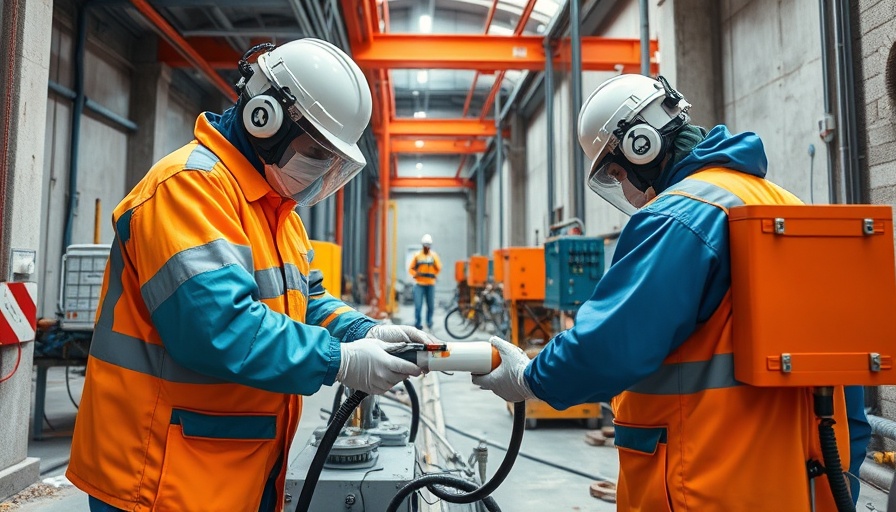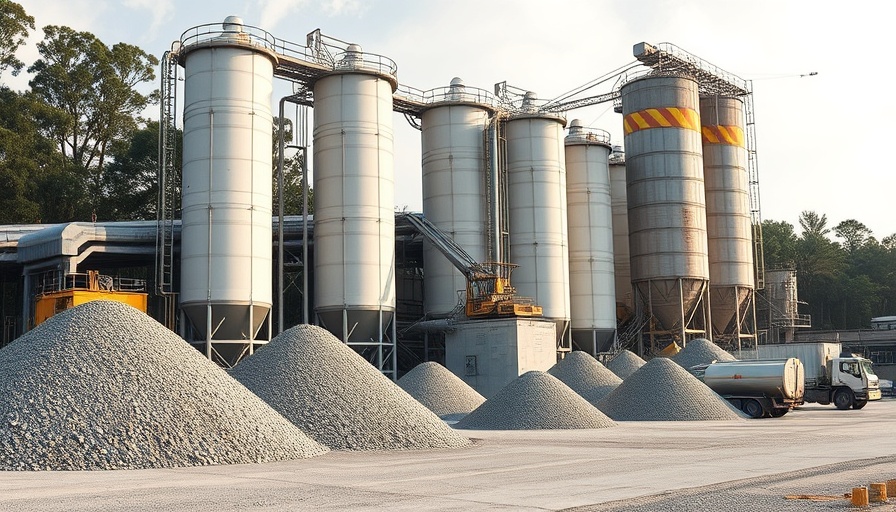
Understanding the Magic of PU Injections for Property Developers
In the realm of construction, polyurethane (PU) injections stand out as an essential technique for managing moisture and structural integrity. Property developers and facility managers alike are often confronted with the challenges of water leakage—a problem that can undermine the safety and value of any property. However, with PU injections, the resolution is not only effective but also versatile.
Why Choose PU Injections?
The unique adaptability of PU injections lies in their ability to form both flexible and rigid foams depending on their specific formulations. With advancements in technology, a variety of PU systems are currently available for tackling water ingress, including hydrophobic and hydrophilic options. Hydrophobic PU solutions are designed to prevent water ingress in various forms, whereas hydrophilic systems react with available water to form a hydrogel that seals off leaks effectively.
Crucial Applications of PU Injections
PU injections serve multiple purposes, making them an invaluable tool for property developers. They can be utilized for:
- Crack Repair: Addressing minor cracks in concrete before they escalate into major problems.
- Leak Stopping: Effectively managing leaks caused by aging infrastructure or unforeseen weather conditions.
- Soil Stabilization: Restoring strength or waterproofing soil around structures, which is particularly important in foundation areas.
- Site Preparation: Assisting in the construction of new buildings by preemptively sealing potential water ingress points.
A Closer Look at the Products
Among the range of PU-based products available in the market, manufacturers like Ecmas offer tailor-made solutions to meet project-specific requirements. These products not only cater to immediate leaking issues but also deliver long-term sustainability benefits—a crucial factor for cost-conscious businesses aiming for longevity in their investments.
Benefits Beyond Waterproofing
Understanding PU injections doesn't solely involve technical specifications. It also connects to the health and safety of any working environment. Addressing leakage prevents further structural degradation, which ultimately supports the well-being of the occupants. Safe, secure buildings enhance workplace morale and preserve property value, making PU injections a wise investment for commercial and residential developers alike.
Future Trends in PU Technology
The field of PU technology is continually evolving, with increasing focus on environmentally friendly formulations. Sustainable building practices are becoming a priority for many developers, pushing innovations forward in the use of eco-friendly materials that complement traditional PU systems without compromising quality. As environmental consciousness grows among consumers, developers who adopt these practices are more likely to see favorable reception.
Making the Right Choice
When considering PU injections for your next construction project, it’s vital to assess not only the type of PU system to use but also the specific application techniques. Engaging with knowledgeable suppliers who understand your project needs can make all the difference in achieving effective results.
Empower Your Construction with PU Injections
In conclusion, whether you are a business owner, a property developer, or a facility manager, understanding and implementing PU injections can transform how you address water-related issues in construction. Given their versatility and the added bonus of sustainable practices, PU injections are worthy of consideration on any upcoming projects. Start thinking about how you can incorporate these solutions into your next construction endeavor!
 Add Row
Add Row  Add
Add 




 Add Row
Add Row  Add
Add 

Write A Comment